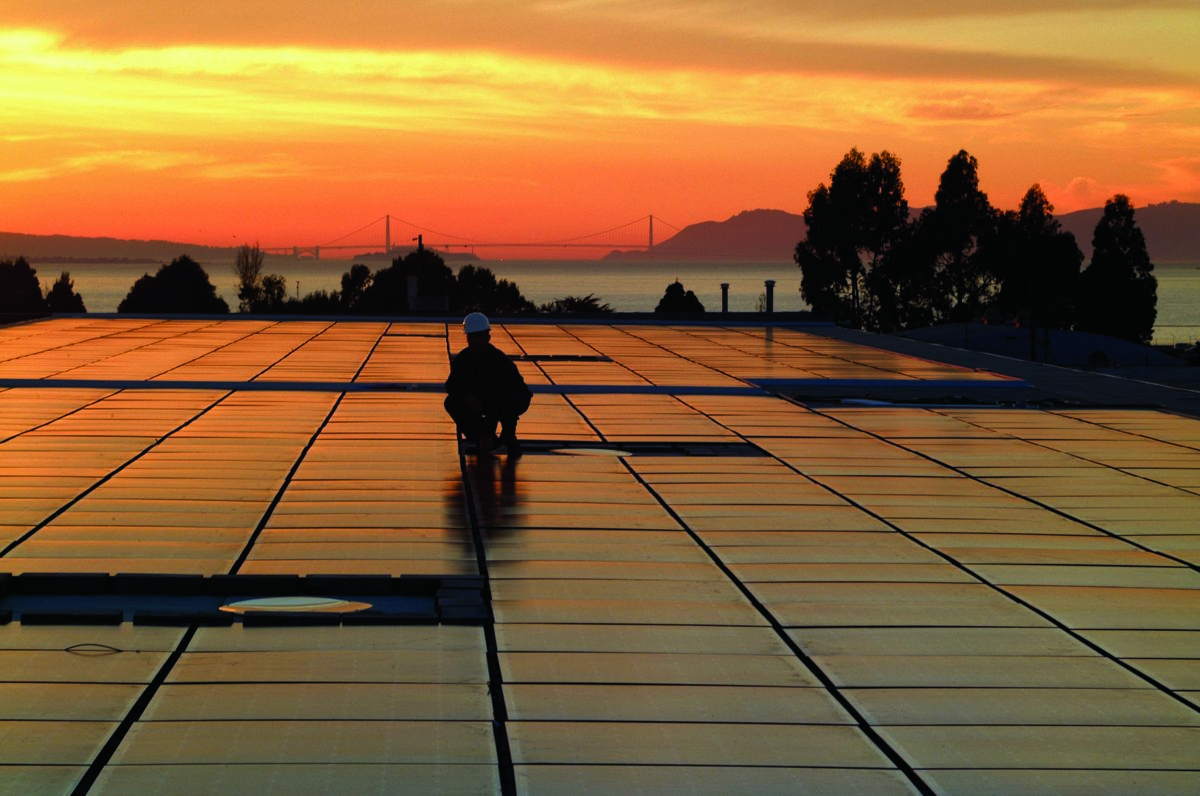California clean energy advocates are calling for millions more solar roofs across the state, access to solar for low-income ratepayers, and a million solar-charged batteries to be added in the next 10 years.
The goals were outlined by the California Solar and Storage Association (CALSSA), which is pitting itself against the state’s three investor-owned utilities over what it said is the future of California’s rooftop solar market.
CALSSA said the “battle” will take place at the California Public Utilities Commission (CPUC) in a regulatory decision later this year that will “make or break California’s continued leadership” in consumer solar at homes, apartments, schools, and farms. Proposals for changes to the state’s net energy metering (NEM) program were submitted to regulators on March 15.
“California is a solar state, but the utilities want to own the sun and keep it out of the hands of everyday people,” said Bernadette Del Chiaro, CALSSA executive director.
CALSSA also sought to paint a picture of a small-business-dominated solar industry that serves middle- and working-class people “from Clovis to Chula Vista” as opposed to the big utilities that the group said posted $20 billion in profits since 2012.
The group directed particular scorn at long-haul transmission lines that it said “carry electrons from power plants located hundreds of miles away” from load centers. Rooftop solar, Del Chiaro said, “helps cut down on the need to build these expensive transmission lines.”
Subsidy?
Pacific Gas and Electric, San Diego Gas and Electric, and Southern California Edison delivered a plan of their own to state regulators. It would address what the trio said is “an unfair and growing inequity” stemming from earlier versions of the NEM program. They said that electricity customers without solar systems pay about $3 billion more annually to “subsidize” existing rooftop solar customers.
The utilities claimed the alleged subsidy represents the costs of the electric grid that solar customers use, “but for which they do not pay.”
The utilities said that while they would not ask regulators to end the cost shift, their proposal, if adopted, “would ensure that this burden does not increase” as customers adopt new rooftop solar.
This content is protected by copyright and may not be reused. If you want to cooperate with us and would like to reuse some of our content, please contact: editors@pv-magazine.com.









The question will be how much is really needed by the utility to offset costs when people with solar are just sending their power to their neighbors with little line loss rather than sending it across country with a 20% to 40% line loss that utilities have to pay for in quantifying their electrical rates. Only 30% of what PG&E charges is for the actual electricity they buy, the other 70% of their charges is for the infrastructure, maintenance and wages.